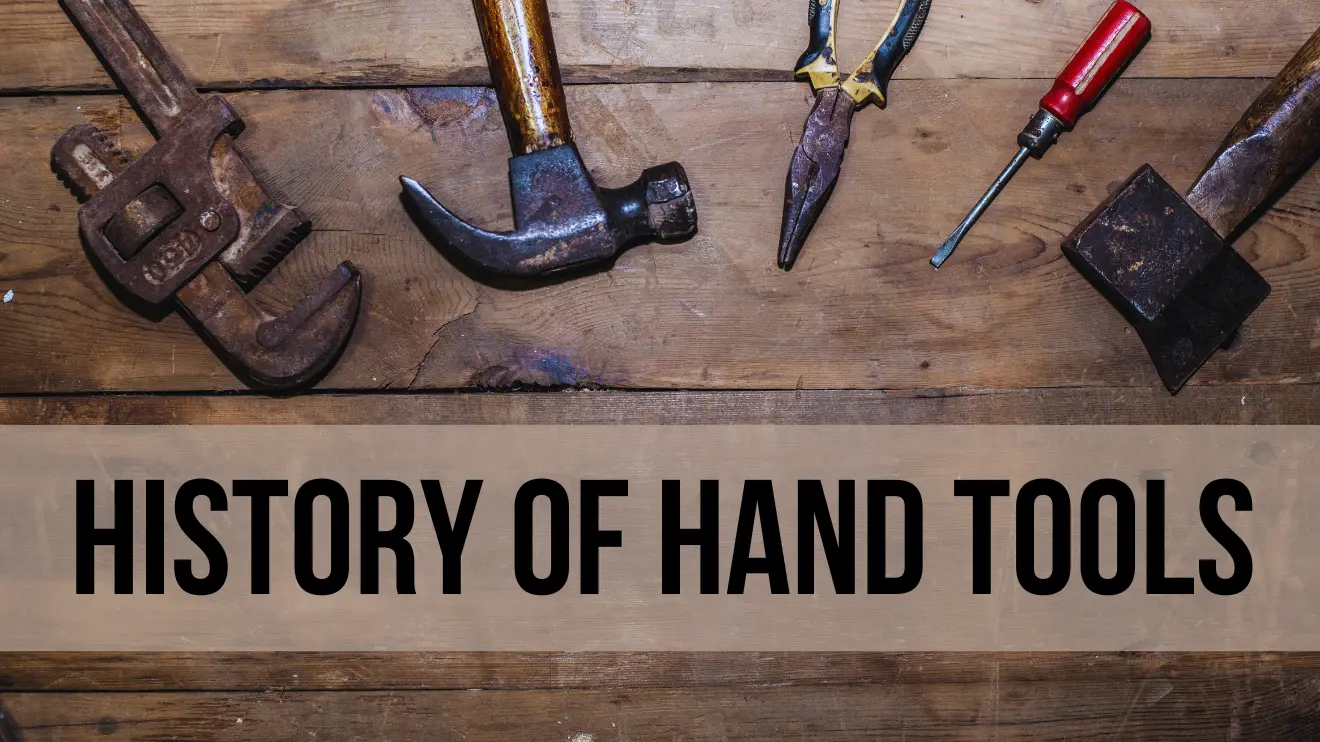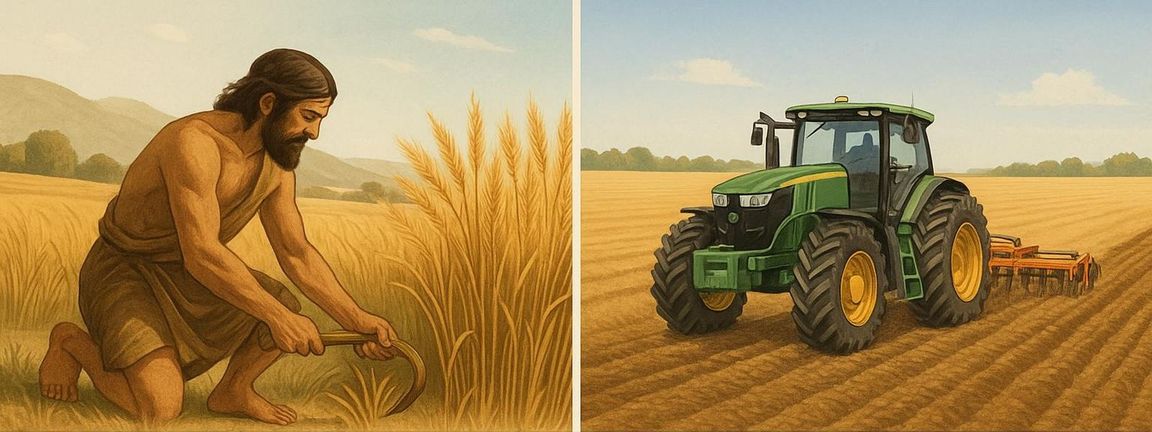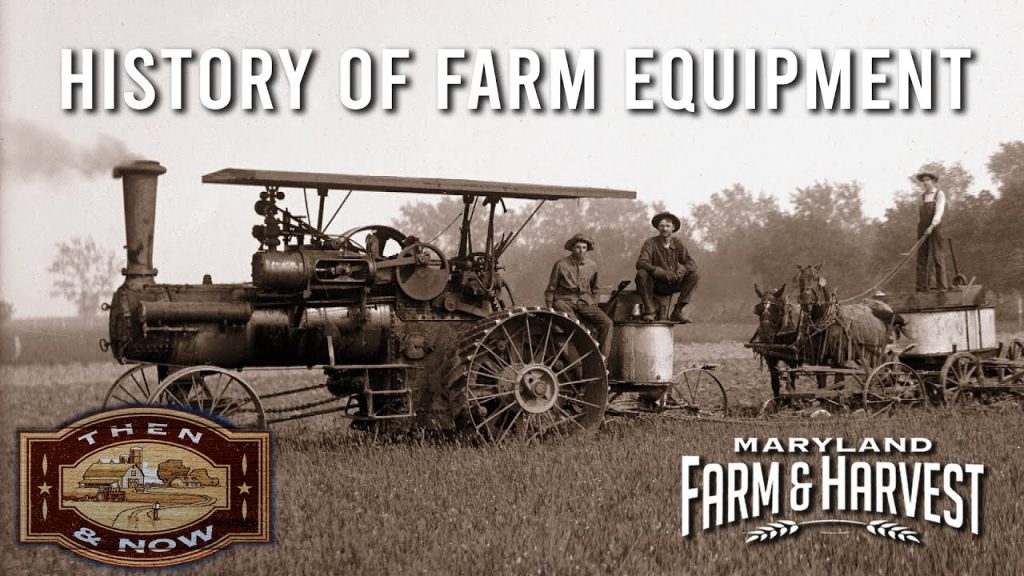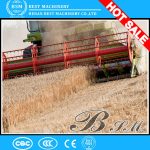Imagine standing in a sunlit field, the scent of fresh earth enveloping you, and the sound of rustling leaves in the background. You’re about to witness a process that has fed generations: the harvest.
But how did we get here from the days of simple sickles and scythes? The evolution of harvesting tools is a fascinating journey, one that has transformed not just farming, but also the way you enjoy your daily bread. As you dive into this story, you’ll uncover the secrets of human ingenuity and how it has shaped the very food on your table.
You’ll discover the contrasts between the grueling manual labor of yesteryears and the sophisticated machinery of today. This isn’t just a tale of tools; it’s a narrative of progress, innovation, and the relentless pursuit of efficiency. Why should you care? Because understanding the evolution of these tools offers a glimpse into how far humanity has come. It also sheds light on the future of farming and how it impacts your life. So, keep reading to explore this remarkable transformation and see how the harvest has evolved from then to now.

Early Harvesting Tools
From simple sickles to advanced combine harvesters, harvesting tools have significantly evolved. Early tools were manual and labor-intensive. Modern machines enhance efficiency and reduce effort.
The evolution of harvesting tools is a fascinating journey that showcases human ingenuity and the relentless pursuit of efficiency. Early harvesting tools laid the groundwork for modern agricultural practices. These tools were simple yet effective, designed to meet the basic needs of farmers working tirelessly under the sun. Imagine the backbreaking labor involved in manually gathering crops, using rudimentary tools crafted from wood and stone. It’s hard to fathom the dedication of those early farmers, but their efforts paved the way for the sophisticated machinery we rely on today.Introduction To Early Harvesting Tools
Early harvesting tools were a testament to human innovation. They were crafted from materials readily available in nature, such as wood, stone, and bone. These tools were not just instruments; they were survival necessities. Farmers used them to cut and gather crops efficiently, ensuring food security for their families. Can you picture the satisfaction of a farmer using a handmade sickle to reap a successful harvest?The Sickle And Scythe
The sickle was one of the earliest harvesting tools, and its design was simple yet effective. With a curved blade, it allowed farmers to cut crops close to the ground. The scythe, a larger version, came later, enabling quicker harvesting with its longer reach. These tools required skill and precision, and learning to use them was a rite of passage for many young farmers. Have you ever tried using a sickle or scythe? It’s a humbling experience that connects you to generations of farmers before you.The Importance Of The Flail
Another key tool was the flail, used for threshing. It consisted of two wooden sticks connected by a short chain or strap. Farmers swung it over harvested crops to separate the grains from the husks. This tool demanded physical strength and endurance. The rhythmic sound of flailing was a familiar soundtrack to many rural communities. It’s intriguing to think about how such a simple tool played a crucial role in processing food.Challenges Faced By Early Farmers
Despite their usefulness, early harvesting tools presented numerous challenges. They required immense physical effort and time. This often limited the amount of land a farmer could cultivate. The repetitive motions could lead to injury and fatigue. How would you have coped with such grueling work day after day, knowing there was no alternative? Reflecting on these tools gives us a deeper appreciation for the advancements in agriculture. It prompts us to consider the relentless human drive to improve and adapt. As you think about the evolution from these early tools to modern machinery, what innovations might the future hold?
Mechanization And Innovation
The world of harvesting tools has seen remarkable changes over the years, driven by mechanization and innovation. These advancements have not only transformed agricultural practices but have also made farming more efficient and sustainable. As you delve into the history, you’ll discover how these changes have shaped the way we approach harvesting today.
Mechanization: A Leap Forward
Imagine the relief of farmers when machinery replaced manual labor. The introduction of mechanical tools drastically reduced the time and effort needed to harvest crops. Tractors, combines, and harvesters took center stage, offering speed and precision.
With these machines, you can cover larger areas in less time, boosting productivity. It’s like having extra hands that never tire. The once grueling task of harvesting became more manageable, freeing farmers to focus on other aspects of farming.
Innovation: Beyond The Basics
Innovation didn’t stop at mechanization. It continued to refine and enhance the tools used in harvesting. Modern technologies have introduced GPS-guided equipment that ensures optimal planting and harvesting patterns.
Smart sensors and drones now play a crucial role in monitoring crop health and yield. These innovations allow you to make informed decisions, leading to better crop management and higher yields. The future of farming looks brighter with these tools at your disposal.
Personal Insight: The Impact Of Innovation
Reflecting on my own experience, I remember helping my grandfather during the harvest season. Back then, it was all about manual scythes and sweat. Today, watching a combine effortlessly sweep through fields feels like witnessing a small miracle.
This evolution is a testament to human ingenuity. It makes you wonder—what will the next wave of innovation bring? Will it redefine farming once again? As a farmer, these tools offer hope and promise, enabling you to dream bigger and achieve more.
Thought-provoking Question: What Next?
As you ponder the advancements in harvesting tools, consider this: How will future innovations shape the agricultural landscape? Will they focus on sustainability, efficiency, or perhaps something entirely new?
The evolution of harvesting tools offers a glimpse into the endless possibilities of technology. It’s a journey worth exploring, as it invites you to envision a future where farming meets innovation in the most extraordinary ways.
Modern Harvesting Technologies
Harvesting tools have transformed from simple hand tools to advanced machines. These modern technologies boost efficiency and productivity. Farmers now enjoy faster harvesting processes, reducing labor costs significantly.
Modern harvesting technologies have transformed the way we gather crops, making the process faster, more efficient, and less labor-intensive. These advancements have come a long way from traditional hand tools, catering to the needs of large-scale agriculture and small farms alike. Let’s explore how these modern tools are reshaping the landscape of farming today.The Role Of Automation In Harvesting
Automation in harvesting is not just a luxury; it’s becoming a necessity. Machines like combine harvesters integrate tasks such as reaping, threshing, and winnowing into a single operation. This not only saves time but also reduces the need for manual labor. Imagine the relief of a farmer who once spent days in the field, now able to complete the same work in hours. Automation also brings consistency, ensuring crops are harvested at their peak, maximizing yield and quality.Precision Agriculture: A Data-driven Approach
Precision agriculture leverages technology to make farming more efficient and sustainable. Using GPS and sensors, farmers can gather detailed data on soil conditions, weather patterns, and crop health. This data allows for precise application of water, fertilizers, and pesticides, reducing waste and environmental impact. Have you ever thought about how much difference a few millimeters can make? Precision farming ensures every inch of the field is optimized.Robotics: The Future Of Harvesting
Robotic harvesters are emerging as a game-changer in agriculture. These machines can navigate fields and pick ripe fruits and vegetables with incredible accuracy. Consider the strawberry harvest, traditionally labor-intensive and time-consuming. Robotics can pick each fruit at the perfect ripeness, reducing spoilage and increasing efficiency. What could this mean for the future workforce in agriculture? As robotics become more prevalent, new skills and roles will be in demand, potentially transforming rural economies.Drone Technology: Eyes In The Sky
Drones are revolutionizing the way farmers monitor their crops. With the ability to cover large areas quickly, drones provide real-time data and imagery. This aerial perspective helps identify issues like pest infestations or water stress early, allowing for timely interventions. Have you ever used a drone to capture personal memories? Now, imagine using that same technology to ensure a bountiful harvest.Sustainability And Efficiency
Modern harvesting tools aren’t just about speed and convenience. They also promote sustainability. By minimizing waste and optimizing resource use, these technologies help preserve the environment. Think about the impact of reduced chemical runoff or better soil conservation. These advancements aren’t just good for farmers; they’re beneficial for everyone. How can you contribute to a more sustainable future? Supporting and investing in these technologies could be a step forward. Modern harvesting technologies continue to evolve, offering exciting possibilities for the future of agriculture. Whether through automation, precision agriculture, robotics, or drones, these tools are reshaping our food systems. What innovations will we see next? The possibilities are endless.
Impact On Agriculture Practices
Agriculture practices have seen a tremendous shift due to the evolution of harvesting tools. From hand-held sickles to advanced machinery, each transformation has impacted the way we cultivate and harvest crops. These changes not only affect productivity but also influence the environment and the farmer’s lifestyle. As you dive deeper into this topic, consider how these advancements may affect your daily life or the food you consume.
Impact On Efficiency
Modern tools have significantly increased efficiency in farming. Machines like combine harvesters can perform tasks that once took hours in just minutes. This means farmers can manage larger areas of land with less labor. Imagine the time saved and the potential for increased crop production. Would your supermarket shelves look different without these advancements?
Environmental Consequences
While technological progress boosts productivity, it also brings environmental challenges. Large machinery consumes more fuel and can lead to soil compaction. This impacts soil health and water retention. Consider the balance between high efficiency and environmental sustainability. How can you support practices that ensure long-term health for our planet?
Economic Implications
The cost of modern harvesting tools can be prohibitive for small-scale farmers. While they promise high yields, the initial investment is steep. This creates an economic barrier, affecting who can afford to farm at a large scale. Reflect on how these economic factors might influence the variety and cost of produce available to you.
Labor Dynamics
Advanced tools have transformed labor dynamics on farms. Automation reduces the need for manual labor, changing job roles and skills required. Workers now need technical expertise to operate and maintain machinery. Have you ever thought about the skills required for modern farming? How might this shift affect employment opportunities in rural areas?
Technological Dependency
With the rise of sophisticated harvesting tools, farmers are increasingly dependent on technology. This reliance can be risky if machines break down or if software malfunctions. It requires constant updates and technical support. Consider the advantages and potential pitfalls of such dependency. How might this affect food security?
As you ponder these impacts, think about your role as a consumer. Your choices can influence agricultural practices and drive demand for sustainable solutions. Are you ready to contribute to a healthier agricultural future?
Conclusion
Harvesting tools have changed a lot over time. From simple hand tools to advanced machinery, the journey is impressive. Farmers now enjoy faster and more efficient harvesting. This leads to better productivity and less physical strain. Technology plays a key role in this evolution.
Modern tools help farmers meet growing food demands easily. Yet, traditional tools still hold value in small-scale farming. They offer simplicity and sustainability. Understanding this evolution helps appreciate farming’s progress. It also highlights the importance of balancing old and new.
Tools of the past and present both have their place in agriculture.



